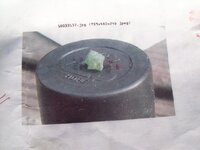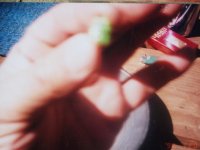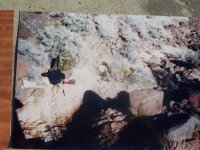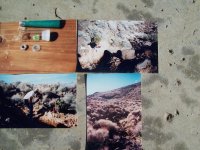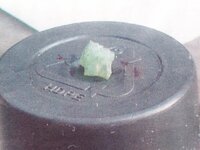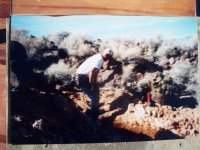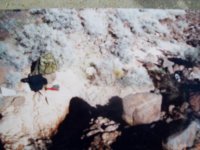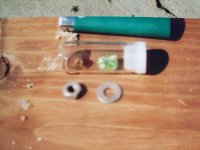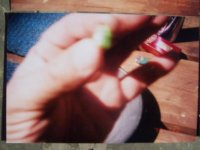HappyTrails55
Sr. Member
Digging in the cracks of bedrock for gold (and getting some) I found these curious looking granite with Green Crystal in it. It's very small, the pic's don't do them justice though, curious little dinky Gems of what? Emeralds? Flourite? Tourmaline? Or is it nothing? I know there's Voids or Vugs in this granite, it's plain to see in the surrounding rock. Should I keep a watchful eye out for more or am I just wasting time? Could there be a Pegmatite Dyke Close By? Just how often are Gems found in Granite? I know they'd have to be a reasonable size to be worth anything, but does just the Presence of them Indicate that there could be a Larger Amount close?....Hope the pic's are good enough, had to put them next to some of my pennies to see what clarity I was getting...Darrell
Attachments
-
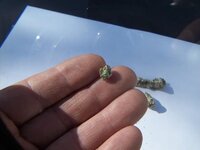 Green Crystal in Granite 002.jpg59.5 KB · Views: 933
Green Crystal in Granite 002.jpg59.5 KB · Views: 933 -
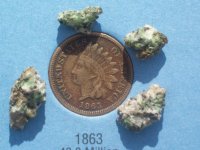 Green Crystal in Granite 013.jpg90.1 KB · Views: 650
Green Crystal in Granite 013.jpg90.1 KB · Views: 650 -
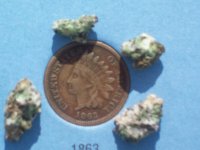 Green Crystal in Granite 012.jpg59.1 KB · Views: 681
Green Crystal in Granite 012.jpg59.1 KB · Views: 681 -
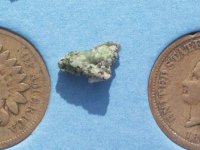 Green Crystal in Granite 011.jpg92.5 KB · Views: 920
Green Crystal in Granite 011.jpg92.5 KB · Views: 920 -
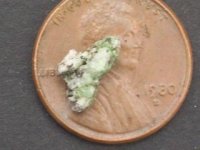 Green Crystal in Granite 010.jpg27.5 KB · Views: 3,818
Green Crystal in Granite 010.jpg27.5 KB · Views: 3,818 -
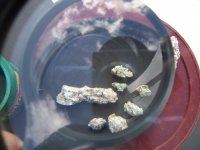 Green Crystal in Granite 006.jpg66.5 KB · Views: 609
Green Crystal in Granite 006.jpg66.5 KB · Views: 609 -
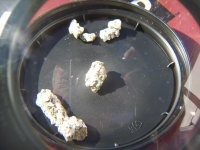 Green Crystal in Granite 005.jpg83.2 KB · Views: 657
Green Crystal in Granite 005.jpg83.2 KB · Views: 657 -
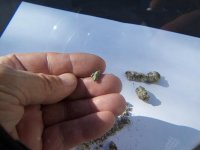 Green Crystal in Granite 004.jpg57.9 KB · Views: 653
Green Crystal in Granite 004.jpg57.9 KB · Views: 653 -
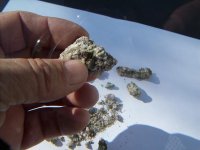 Green Crystal in Granite 003.jpg67.6 KB · Views: 1,642
Green Crystal in Granite 003.jpg67.6 KB · Views: 1,642




